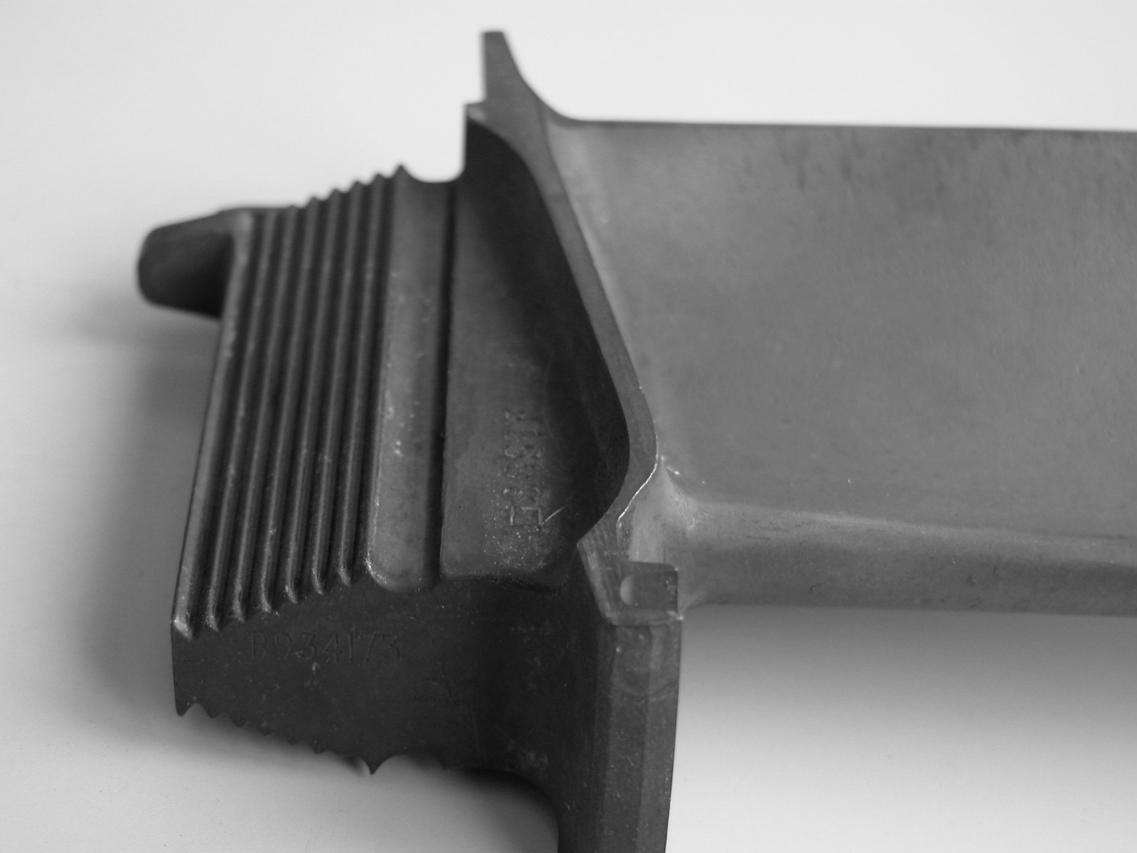The Role of Heat Treatment in Strengthening Custom CNC Machined Parts
Introduction
Heat treatment is an essential post-processing technique frequently applied to custom CNC machined parts. This controlled heating and cooling process significantly modifies metal microstructures, enhancing hardness, strength, wear resistance, and overall mechanical performance. Heat treatment ensures CNC components meet stringent durability and reliability requirements by precisely managing parameters such as temperature, cooling rate, and holding time.
Widely adopted in industries like aerospace, automotive, and industrial equipment, heat treatment is particularly beneficial for intricate CNC machined geometries, thin-walled components, precision threads, and tight-tolerance parts, consistently improving their performance in challenging operational environments.
Heat Treatment Technology: Enhancing Mechanical Properties of CNC Components
Scientific Principles & Industrial Standards
Definition: Heat treatment is a precise thermal processing technique that alters the microstructure of metals through controlled heating and cooling cycles. Typical processes include annealing, normalizing, hardening, tempering, and stress relieving, achieving specific hardness, strength, and durability improvements.
Governing Standards:
AMS 2759: Aerospace Material Specification for steel heat treatment
ASTM A370: Standard mechanical testing of metallic products
ISO 683-1: Heat-treatable steels and alloy steels standards
Process Function and Cases
Performance Dimension | Technical Parameters | Application Cases |
|---|---|---|
Increased Strength and Hardness | - Hardness: up to HRC 60–65 achievable - Tensile strength increase: up to 150% | Automotive drive shafts, Aerospace landing gear components, Industrial cutting tools |
Improved Wear Resistance | - Wear resistance enhancement: 3–5X | Gearbox components, High-wear bearings, Mining equipment parts |
Enhanced Fatigue Life | - Fatigue life improvement: up to 50% - Reduction of micro-cracks | Aircraft turbine components, Automotive suspension parts, Heavy machinery gears |
Dimensional Stability | - Minimal distortion: ≤0.02 mm tolerance maintained | Precision threaded parts, Medical instrument components, Aerospace engine fittings |
Heat Treatment Process Classification
Technical Specification Matrix
Heat Treatment Method | Key Parameters & Metrics | Advantages | Limitations |
|---|---|---|---|
Annealing | - Temp: 700–900°C - Slow cooling rate: ≤20°C/hr | - Enhanced ductility & machinability - Reduced internal stresses | - Lower overall hardness & strength |
Normalizing | - Temp: 800–950°C - Air cooling rate | - Uniform grain refinement - Improved mechanical consistency | - Slight dimensional changes possible |
Hardening (Quenching) | - Temp: 800–950°C - Rapid cooling: water, oil, polymer solutions | - Significant hardness and strength increase - Excellent wear resistance | - Risk of distortion and cracking |
Tempering | - Temp: 150–650°C - Controlled cooling rates | - Improved toughness - Reduced brittleness post-quench | - Slight reduction in hardness |
Stress Relieving | - Temp: 500–700°C - Controlled cooling, slow rate | - Minimizes residual stresses - Enhanced dimensional stability | - Minimal change in material hardness |
Selection Criteria & Optimization Guidelines
Annealing
Selection Criteria: Best suited for CNC machined parts needing improved machinability and reduced hardness, essential for subsequent forming operations.
Optimization Guidelines:
Maintain precise temperatures at 750–900°C
Control cooling rates ≤20°C/hr for uniform results
Regular microstructure inspections to ensure homogeneity
Normalizing
Selection Criteria: Preferred for uniform mechanical properties, grain structure refinement, and stress removal in medium-carbon CNC parts.
Optimization Guidelines:
Consistent heating between 850–950°C
Air cooling at consistent rates to avoid distortion
Validate grain refinement through metallographic examination
Hardening (Quenching)
Selection Criteria: Ideal for components demanding high hardness, strength, and wear resistance, such as gears, shafts, and cutting tools.
Optimization Guidelines:
Precise temperature management (800–950°C)
Choose suitable quenching media (oil/polymer) to minimize distortion
Post-quench hardness testing (Rockwell hardness HRC)
Tempering
Selection Criteria: Applied post-quench to balance hardness and toughness, crucial for CNC parts needing durability and fatigue resistance.
Optimization Guidelines:
Tempering temperatures carefully controlled (200–600°C)
Hold times optimized (1–4 hours) for desired toughness
Final mechanical property verification through testing
Stress Relieving
Selection Criteria: Essential for precision CNC machined components requiring minimal dimensional changes, internal stress relief, and consistent stability.
Optimization Guidelines:
Control heating accurately (500–700°C)
Slow cooling (<50°C/hr)
Post-process dimensional inspection to verify stability
Material-Coating Compatibility Chart
Substrate | Recommended Heat Treatment | Performance Gain | Industrial Validation Data |
|---|---|---|---|
Quenching & Tempering | Improved hardness & strength | Validated tensile strength increase up to 150% | |
Normalizing & Stress Relieving | Enhanced mechanical uniformity | Automotive shaft fatigue life increased by 40% | |
Aging Treatment | Significant corrosion & strength improvement | Aerospace-certified structural components validation | |
Annealing & Stress Relieving | Improved machinability & stability | Medical implants verified for precision dimensional control | |
Solution & Age Hardening | Enhanced creep & fatigue resistance | Aerospace turbine blades validated for high-temperature strength |
Heat Treatment Process Control: Critical Steps & Standards
Pre-Treatment Essentials
Cleaning & Degreasing: Alkaline baths or solvent cleaning (50–60°C) Validation: Visual inspection & water-break test (ASTM F22)
Fixture Setup: Minimize part distortion Validation: Fixture calibration & dimensional accuracy checks
Heat Treatment Process Controls
Temperature Management: Thermocouples & PID-controlled furnaces ±5°C Validation: Continuous temperature logging
Cooling Rate Control: Precise management of quenching media Validation: Cooling curve monitoring & hardness testing
Post-Process Enhancement
Dimensional Inspection: Coordinate Measuring Machines (CMM) Validation: Dimensional tolerance verification (ISO 2768)
Hardness Testing: Rockwell hardness testing Validation: ASTM E18 compliance
FAQs
How does heat treatment improve CNC part durability compared to untreated parts?
Can heat treatment affect the dimensional accuracy of precision CNC components?
Which heat treatment method offers the best wear resistance?
How does tempering help improve the toughness of CNC machined components?
When should stress relieving be performed on CNC machined parts?

